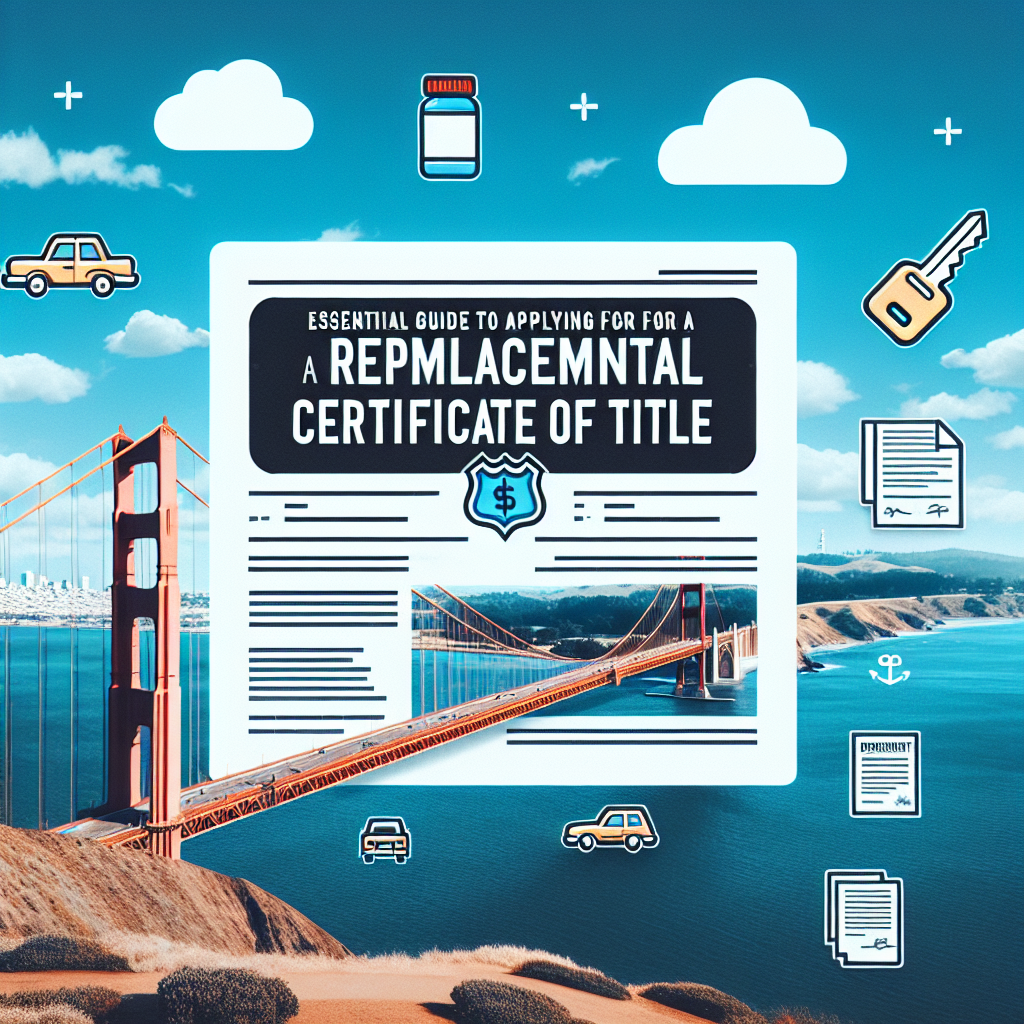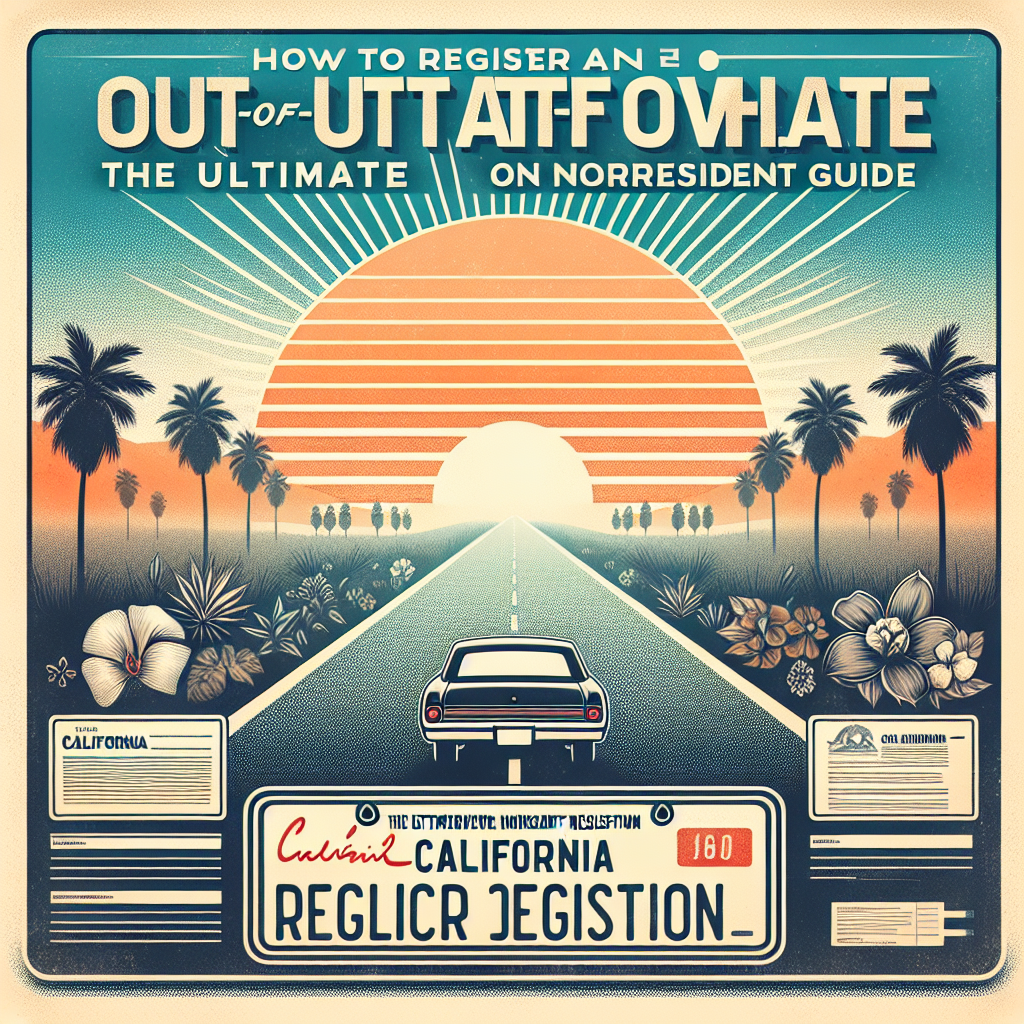Easy Guide to Changing Car Ownership in California
Introduction
Having a car means you have certain responsibilities, and one of those is sometimes needing to change who legally owns it.
You might need to do this because you’re selling your car, buying a used one, getting a car as a gift, or dealing with legal stuff like inheritance. In California, there are specific rules you need to know to make this process easy and stress-free.
This guide will show you the steps you need to take to change the legal owner of a car in California without any problems.
What is Legal Ownership in California?
Owning a car legally in California means your name is on the car’s title, and you are responsible for the car.It’s important to know the difference between owning the car legally (your name on the title) and having the car physically (the car is parked in your driveway). When transferring ownership, the people involved usually include the current owner (seller), the new owner (buyer), and the California Department of Motor Vehicles (DMV).
What You Need Before Changing Ownership
Before you start the transfer process, you should do a few things first:
- Check the Car’s Status: Make sure the car is properly registered and doesn’t have any debts on it.
- Get Important Paperwork Ready:
- Certificate of Title: This shows who owns the car legally.
- Bill of Sale: This records the details of the sale.
- Vehicle Identification Number (VIN): A special code that identifies the car.
- Odometer Disclosure Statement: Needed for cars less than 10 years old.
Step 1: Fill Out the Necessary Papers
Here’s what to do with the initial paperwork:
- Fill in the Certificate of Title: Both the seller and buyer need to complete the right sections. If the title is lost, you can get a duplicate by filling out the Application for Duplicate or Paperless Title (Form REG 227).
- Write a Bill of Sale: Include details like what the car is, the sale price, sale date, and the names and signatures of both people.
Step 2: Tell the DMV and Finish the Transfer
Once all the papers are ready, notify the DMV by doing this:
- Submit a Transfer Notice: You can file the Notice of Transfer and Release of Liability online on the DMV website.
- Complete the Transfer: You can do this either online or by going to a DMV office.
- Pay the Fees: Be ready to pay the transfer fee. You can pay with cash, check, or credit card at the DMV.
Step 3: Extra Steps for Special Situations
Sometimes, there are special situations that need extra attention:
- Cars with Loans or Liens: Make sure the lien holder (the person or bank you owe money to) is part of the process and releases their claim on the car by signing off on the title.
- Using Power of Attorney: If someone is acting on behalf of the buyer or seller, they need to have papers that give them the right to do that.
- Inheritance Transfers: If a car is being transferred without going through probate, fill out the Affidavit for Transfer Without Probate (Form REG 5).
Step 4: Confirm and Follow Up
After sending everything:
- Check the Transfer Status: Follow up with the DMV to make sure the ownership change is going through.
- Get Updated Papers: Look in the mail for the updated title and registration.
- Fix Problems: If there are mistakes or delays, contact the DMV customer service to fix them.
Common Problems and Solutions
Changing car ownership can have problems like lost documents or mistakes in the paperwork. Here’s how to deal with them:
- Lost Documents: Ask the DMV how to get or replace missing paperwork.
- Wrong Information: Double-check all forms to make sure they’re correct before you send them in.
- Need More Help: Consider using services like Tags Clinic to help with the process.
Conclusion
Changing the legal ownership of a car in California doesn’t have to be hard. By following these steps and having all your documents ready, you can make the transfer smooth and easy. Taking your time and doing each step carefully helps avoid problems later. If you need personal help or want to handle your paperwork better, reach out to Tags Clinic—we’re here to help!
Additional Resources
- California DMV Title Transfer Forms
- Tags Clinic’s DMV Services
- DMV Title Transfer FAQs
- How to Reach DMV Customer Service
By following this easy guide, you can confidently handle the car ownership transfer process in California, making sure you follow all the rules. If you have any questions or need more help, Tags Clinic is always ready to assist you.
Call to Action
We hope found this guide useful! For personal help with your car registration needs, consider visiting us at Tags Clinic situated at 3845 University Ave, San Diego, CA or you could give us a call at 619-777-9046. You can also learn more about our services on our website: tagsclinic.com. We’re more than happy to assist you with any questions or concerns you might have.




